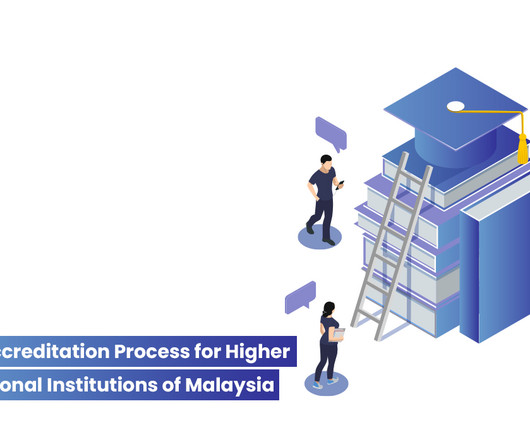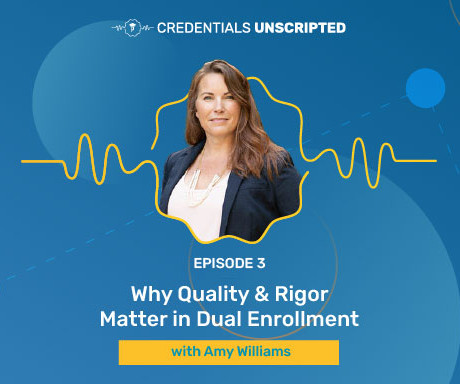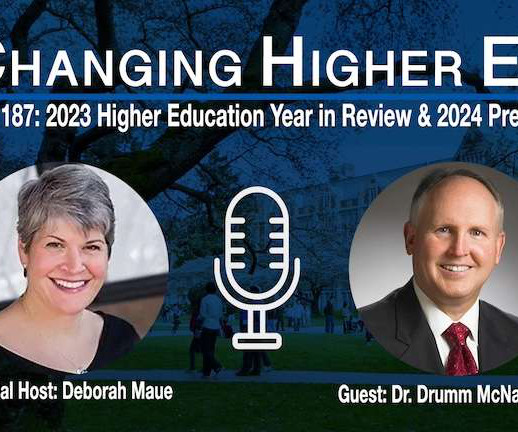Engaging Marketing Professionals for Degree Program Launch Success
HEMJ (Higher Ed Marketing Journal)
MARCH 15, 2023
Without these inputs, your program development team may end up launching in an oversaturated market or failing to gain adequate search volume, ultimately leading them to cancel the program after investing hundreds of thousands of dollars on a project that wasn’t commercially viable to begin with.













Let's personalize your content